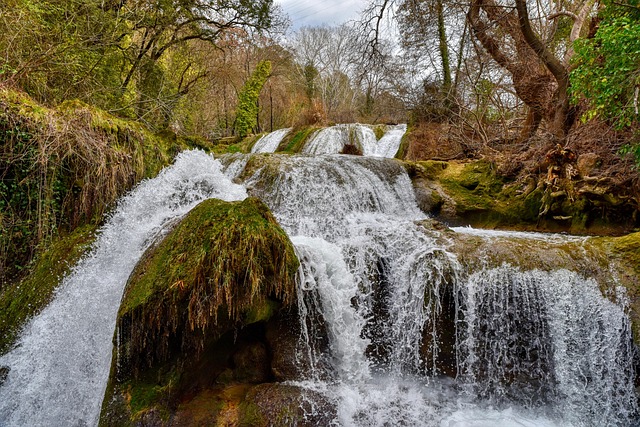Exploring the Diversity of Stream Segments: A Closer Look at Different Stream Types
Streams are more than just flowing water; they are vibrant ecosystems teeming with life and a multitude of unique environments. Each stream segment tells a story of the surrounding landscape, weather patterns, and ecological interactions. In this post, we will delve into the diversity of stream segments, exploring the characteristics that define different types and the beauty they bring to our natural world.
Understanding Stream Segments
Stream segments vary widely based on their flow, size, and the geological features of their surroundings. Broadly speaking, streams can be categorized into three primary types: headwater streams, mid-order streams, and large rivers. Each segment not only supports different species of flora and fauna but also creates distinct recreational opportunities and aesthetic experiences.
Headwater Streams
Headwater streams are generally the smallest and often the most delicate segments in the stream continuum. Typically found in the upper reaches of a watershed, these streams are fed by springs, melting snow, or small tributaries.
Characterized by a steeper gradient, headwater streams often have clear, cold water and a fast current. The surrounding vegetation provides essential shading, maintaining cooler temperatures vital for certain aquatic species. Here, you might find fish like brook trout or mesmerizing insects like mayflies, both indicators of a healthy ecosystem.
Mid-Order Streams
As streams journey downstream, they can transition into mid-order streams, which boast a wider channel and a slower flow. These segments soak up surrounding landscapes, often winding through forests, marshes, and even urban areas.
In these environments, the biodiversity often increases, showcasing a rich tapestry of life. The slower waters encourage the growth of aquatic plants, which provide food and habitat for fish, amphibians, and invertebrates. For outdoor enthusiasts, mid-order streams offer excellent opportunities for kayaking, fishing, and wildlife observation. Their meandering pathways can often lead to tranquil spots perfect for reflection and rejuvenation.
Large Rivers
At the lower end of the spectrum, large rivers represent the culmination of a watershed’s journey. These mighty stream segments can extend hundreds of miles, supporting a wide range of ecosystems as they flow toward the ocean. The gradient flattens out, and the current slows, creating vast floodplains that nurture diverse wildlife habitats.
Large rivers play a crucial role not only ecologically but also culturally and economically. They serve as critical resources for drinking water, transportation, and recreation. Fishing, boating, and riverside activities gather communities, celebrating the natural beauty that these significant watercourses provide.
Why understanding Stream Segments Matters
Exploring the various types of stream segments enhances our appreciation for natural water systems. Each segment contributes to the overall health of ecosystems and provides vital services that sustain both human and wildlife populations. Additionally, understanding these segments supports conservation efforts, ensuring that these beautiful environments continue to thrive for generations to come.
As we wander alongside these flowing arteries of our planet, we are reminded of the intricate connections that exist within nature. Whether it’s the gentle babble of a headwater stream or the majestic flow of a large river, each contributes to the rich tapestry of life on Earth—an experience worth cherishing and protecting.



